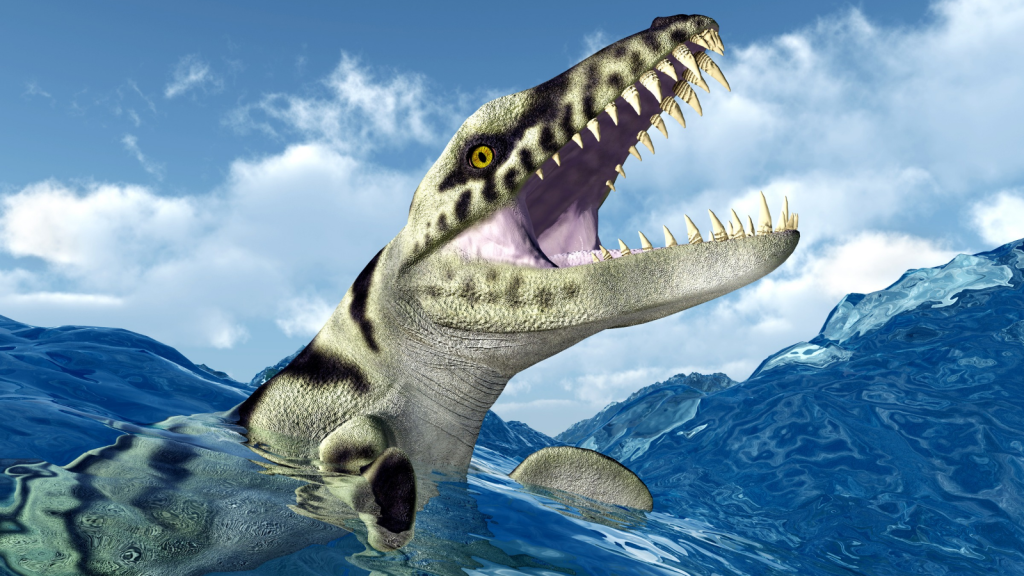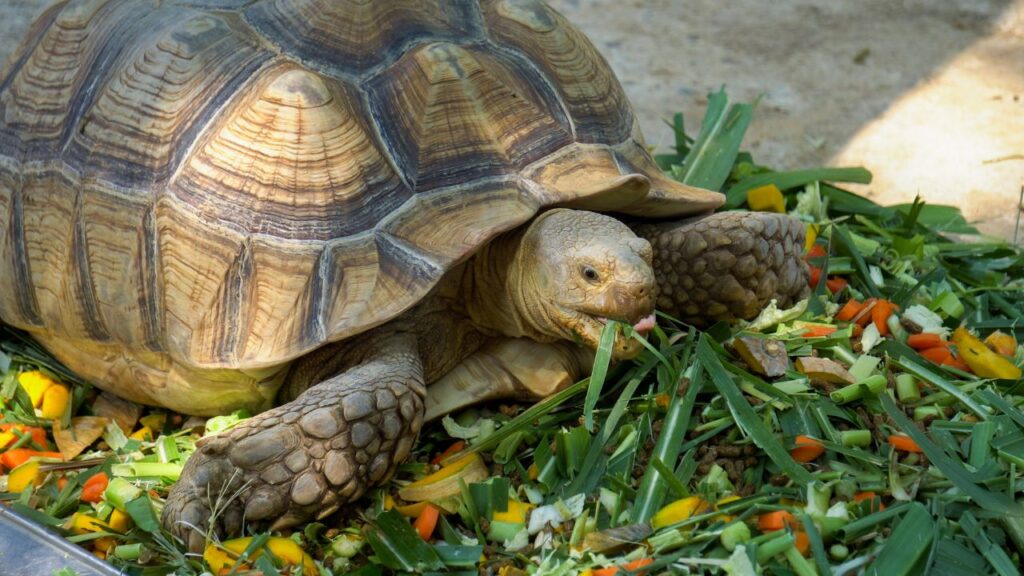Imagine a world where the mightiest hunters of the past roamed alongside modern animals. These extinct apex predators were the ultimate killing machines, perfectly adapted to rule their ancient environments. From seas teeming with monstrous sharks to skies patrolled by giant birds of prey, these creatures were the undisputed masters of their domains. While they may be gone, their legacy lives on in the fossils they left behind and the stories we tell about them. Join us on a journey through time to meet 15 incredible predators that would still reign supreme if they walked the Earth today.
Megalodon

The Megalodon was a colossal shark that dwarfed even the largest great whites. With a body length of up to 18 metres, this ancient predator could swallow a small boat whole. Its massive jaws were lined with serrated teeth the size of human hands, perfect for crunching through the tough hides of whales and other large marine mammals. Megalodon’s bite force was estimated to be between 108,514 to 182,201 newtons, powerful enough to crush a car.
Smilodon
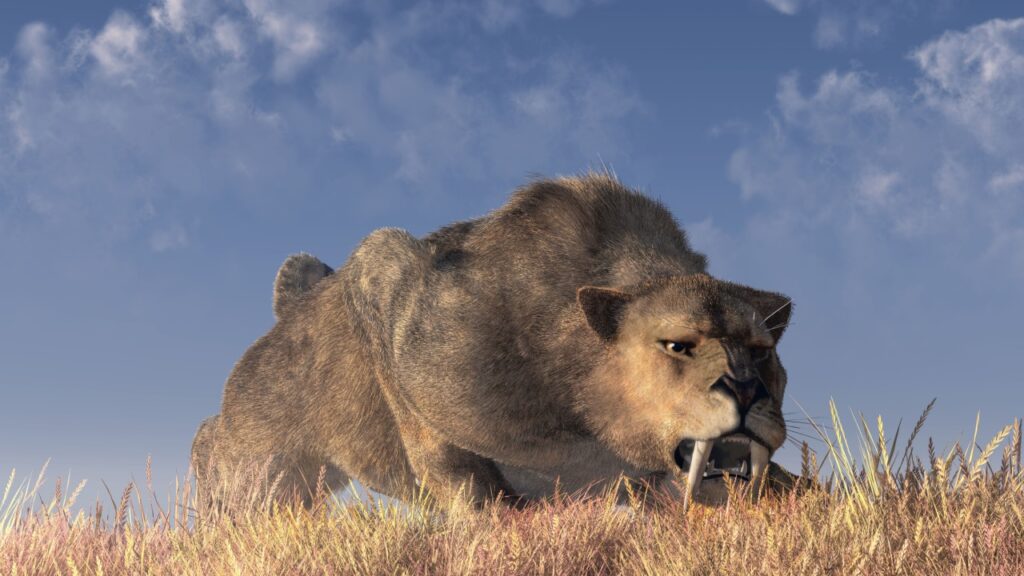
Often called the sabre-toothed tiger, Smilodon was actually not closely related to modern tigers at all. This fearsome cat sported enormous canine teeth that could grow up to 28 centimetres long. These impressive fangs were used to deliver a killing bite to the throat of its prey, which included animals as large as bison and camels. Smilodon’s powerful forelimbs were adapted for grappling with large prey, allowing it to subdue animals much larger than itself.
Titanoboa
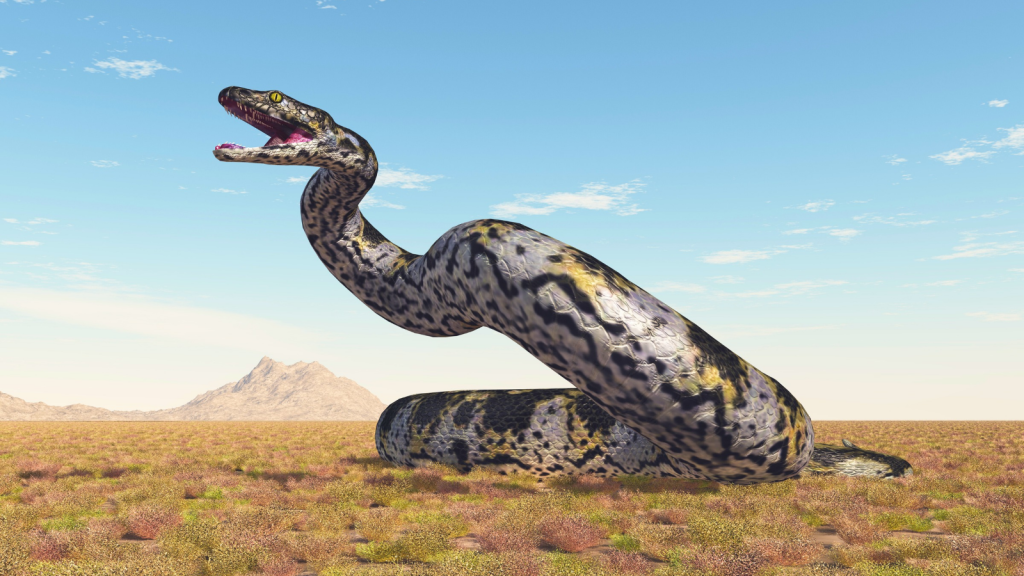
Slithering through the swamps of ancient South America was Titanoboa, the largest snake ever discovered. This monster measured up to 13 metres long and weighed over a tonne. Its powerful coils could crush and devour crocodiles with ease, making it the undisputed ruler of its watery realm. Titanoboa lived during the Paleocene epoch, thriving in the hot, humid climate that followed the extinction of the dinosaurs.
Tyrannosaurus Rex
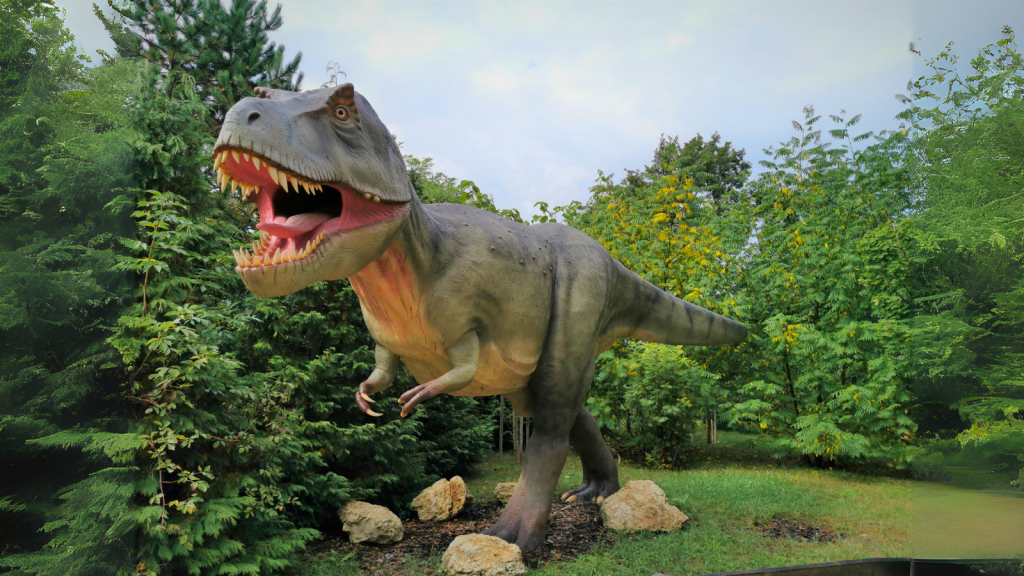
No list of extinct predators would be complete without the infamous T. rex. This giant theropod dinosaur stood 4 metres tall at the hip and boasted a massive skull filled with bone-crushing teeth. Its powerful legs allowed it to chase down prey, while its keen senses made it an expert hunter. Recent studies suggest that T. rex may have hunted in packs, making it even more formidable than previously thought.
Megalania
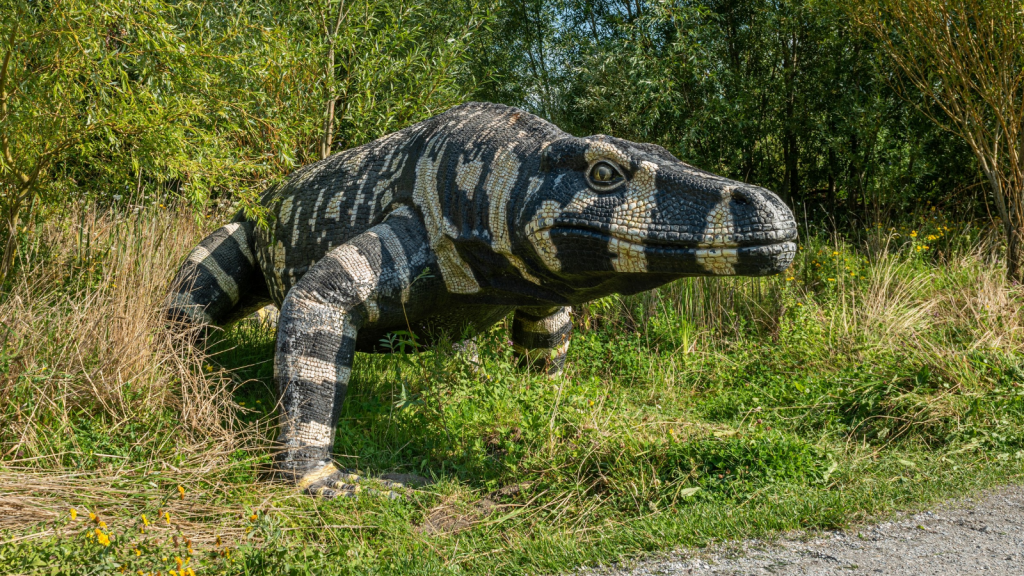
Australia’s prehistoric apex predator was Megalania, a giant monitor lizard that grew up to 7 metres long. This scaly beast had a venomous bite and powerful claws, making it a formidable hunter of large marsupials and other prehistoric Australian fauna. Megalania’s closest living relative is the Komodo dragon, which gives us a glimpse into how this ancient predator might have behaved.
Quetzalcoatlus
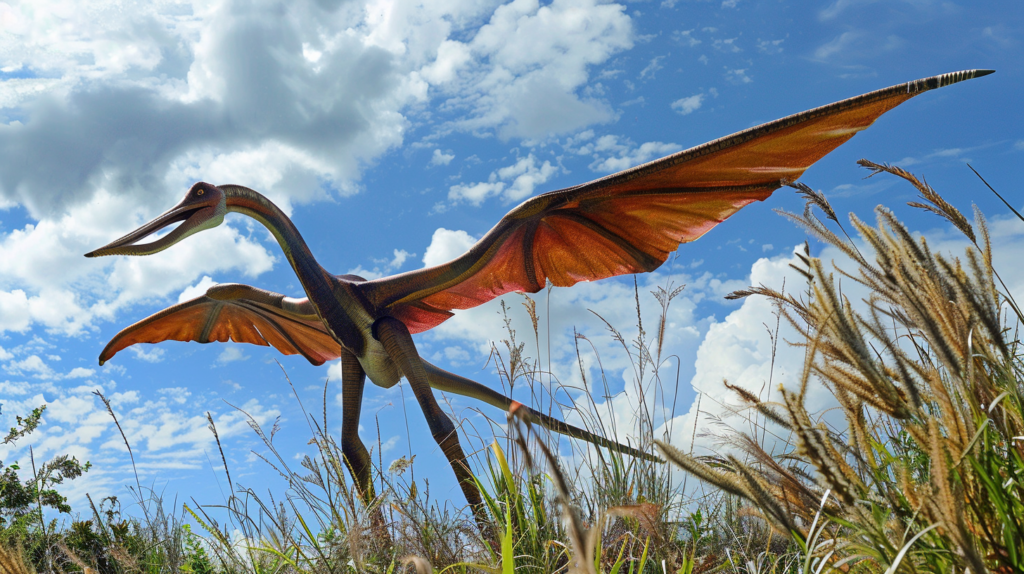
With a wingspan of up to 10 metres, Quetzalcoatlus was the largest known flying animal ever. This pterosaur soared over the late Cretaceous landscape, using its long beak to snatch up smaller dinosaurs and other prey from the ground below. Despite its massive size, Quetzalcoatlus was likely an efficient flyer, capable of travelling long distances in search of food.
Short-Faced Bear
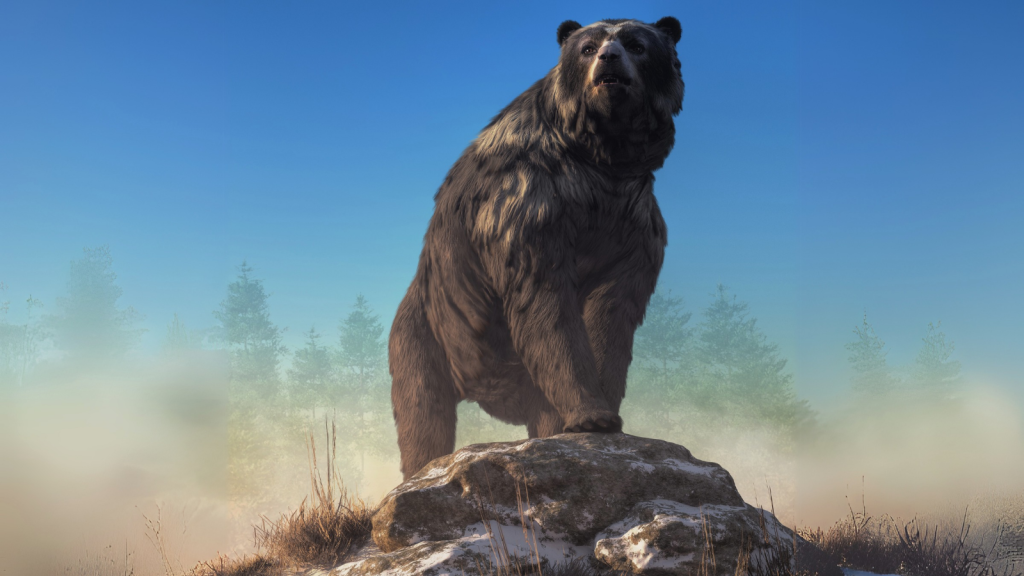
Standing over 3.5 metres tall on its hind legs, the short-faced bear was the largest land predator of the Pleistocene in North America. Its long legs allowed it to run at high speeds, chasing down prey or scavenging carcasses across vast distances. The short-faced bear’s keen sense of smell, estimated to be more powerful than that of modern bears, made it an excellent hunter and scavenger.
Deinosuchus
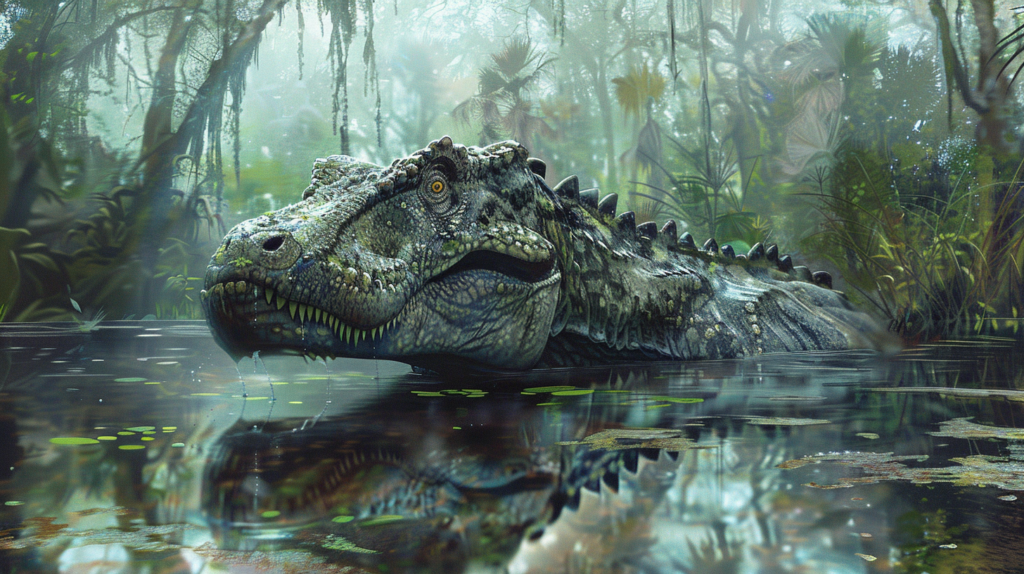
This enormous crocodilian ruled the waterways of North America during the late Cretaceous period. Growing up to 12 metres long, Deinosuchus was large enough to prey on dinosaurs that came too close to the water’s edge. Its bite force is estimated to have been around 23,000 newtons, more than twice that of the largest living crocodiles.
Andrewsarchus
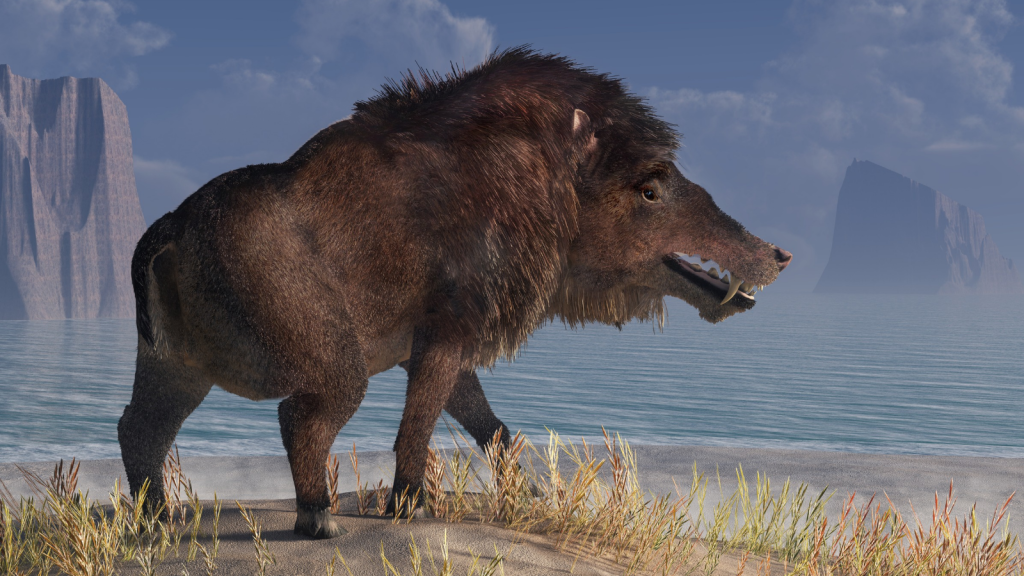
Often called the largest mammalian land predator ever, Andrewsarchus was a wolf-like creature that stood as tall as a man at the shoulder. Its massive skull, over 80 centimetres long, housed powerful jaws that could crush bones with ease. Although Andrewsarchus is known only from a single skull fossil, its teeth suggest it may have been an omnivore, capable of eating both meat and tough plant material.
Dakosaurus
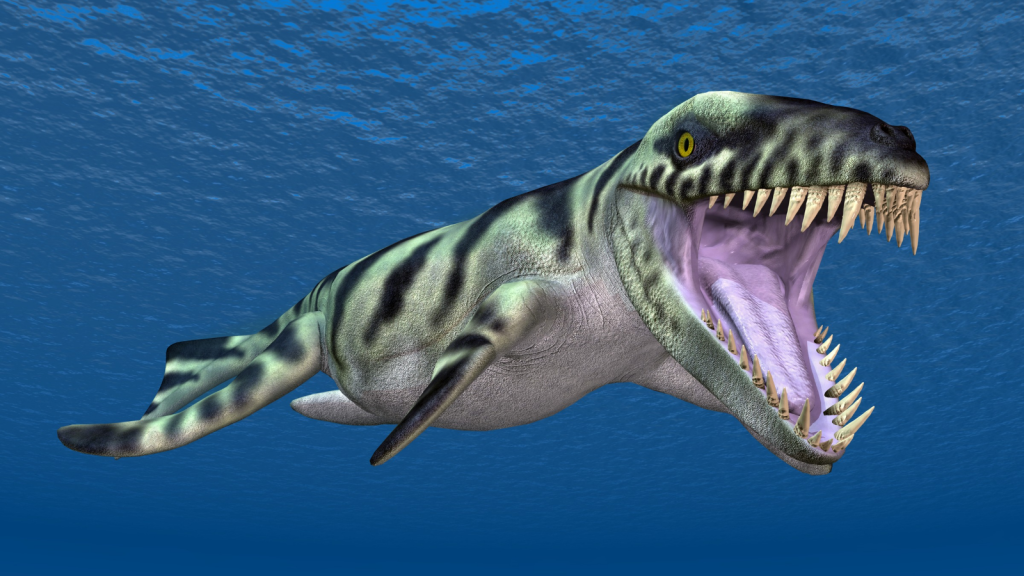
This marine crocodile had a skull more reminiscent of modern killer whales than its crocodilian cousins. Dakosaurus patrolled the Jurassic seas, using its streamlined body and powerful tail to chase down fish and squid. Unlike modern crocodiles, Dakosaurus had a tall, fin-like tail that made it an excellent swimmer in open ocean environments.
Haast’s Eagle

The largest known eagle to have ever existed, Haast’s eagle had a wingspan of up to 3 metres. This massive bird of prey hunted the giant moa birds of New Zealand, swooping down from the sky to strike with its enormous talons. Haast’s eagle went extinct relatively recently, around 600 years ago, following the arrival of humans in New Zealand and the subsequent extinction of its moa prey.
Livyatan

Named after the Biblical sea monster, Livyatan was a giant sperm whale that rivaled Megalodon in size. Its massive teeth, some over 30 centimetres long, were used to hunt other whales and large marine animals. Unlike modern sperm whales, which primarily feed on squid, Livyatan was an active predator of large marine mammals.
Spinosaurus
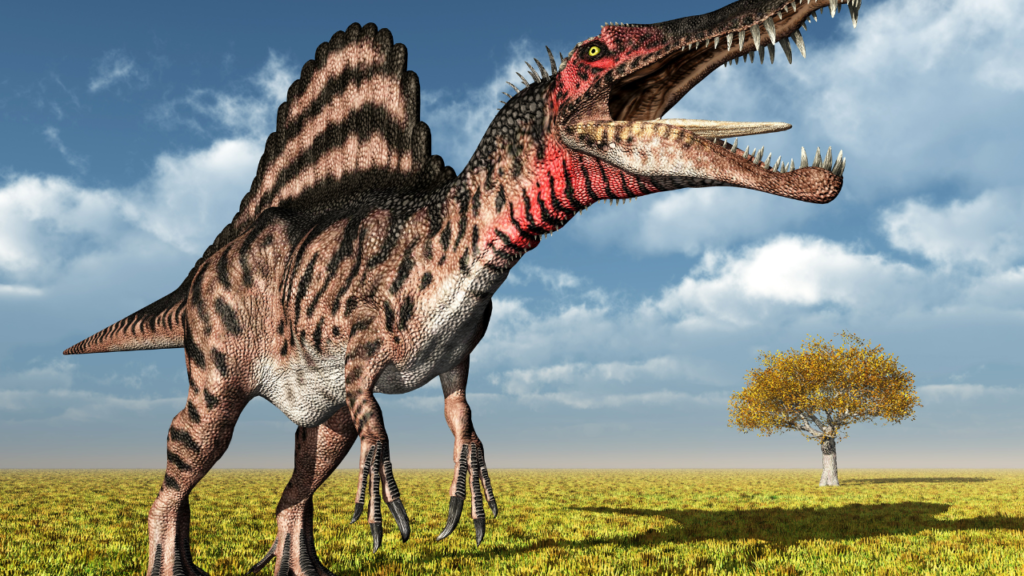
This enormous theropod dinosaur was even larger than T. rex, with some estimates putting it at over 15 metres long. Spinosaurus was uniquely adapted for a semi-aquatic lifestyle, hunting large fish and other marine creatures in prehistoric rivers. Its distinctive sail-like structure on its back may have been used for temperature regulation or as a display feature.
Mapusaurus
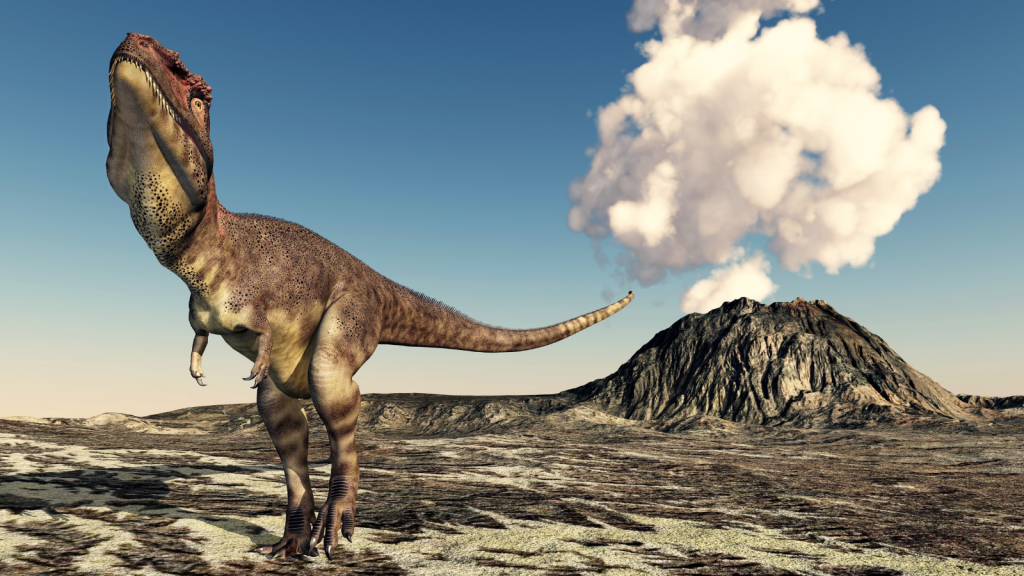
A relative of the famous Giganotosaurus, Mapusaurus was a pack-hunting theropod that lived in South America. These massive carnivores may have worked together to bring down even larger sauropod dinosaurs. Fossil evidence suggests that Mapusaurus lived in groups, which would have made it a formidable opponent for even the largest plant-eating dinosaurs.
Megatherium
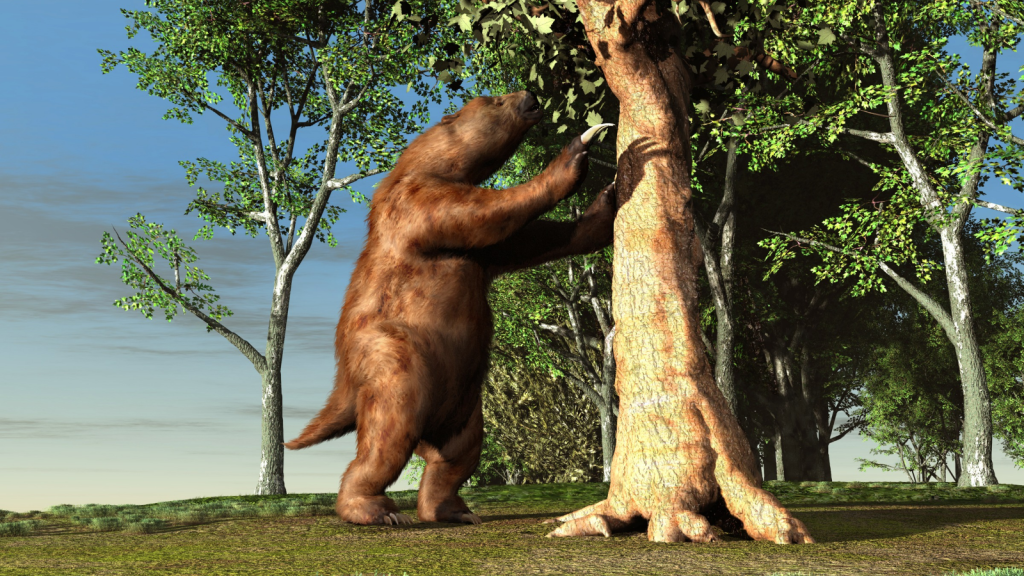
While not strictly a predator, this giant ground sloth was no pushover. Standing up to 6 metres tall on its hind legs, Megatherium could use its powerful claws to defend itself against would-be predators or to strip entire trees of their leaves. Some scientists believe that Megatherium may have occasionally eaten meat, making it an opportunistic omnivore rather than a strict herbivore.
Becky is a fervent wildlife enthusiast and pet care expert with a diploma in canine nutrition. Her love for animals stretches beyond the domestic, embracing the wild tapestry of global fauna. With over a decade of experience in animal welfare, Becky lends her expertise to OutlandishOwl through insightful articles, captivating wildlife information, and invaluable guidance on pet nutrition. Her work embodies a deep commitment to understanding the intricate lives of animals and a passion for educating others on sustaining natural habitats. Becky's hands-on conservation efforts and her knack for translating complex dietary science into practical pet feeding tips make her an indispensable voice for creatures great and small.

